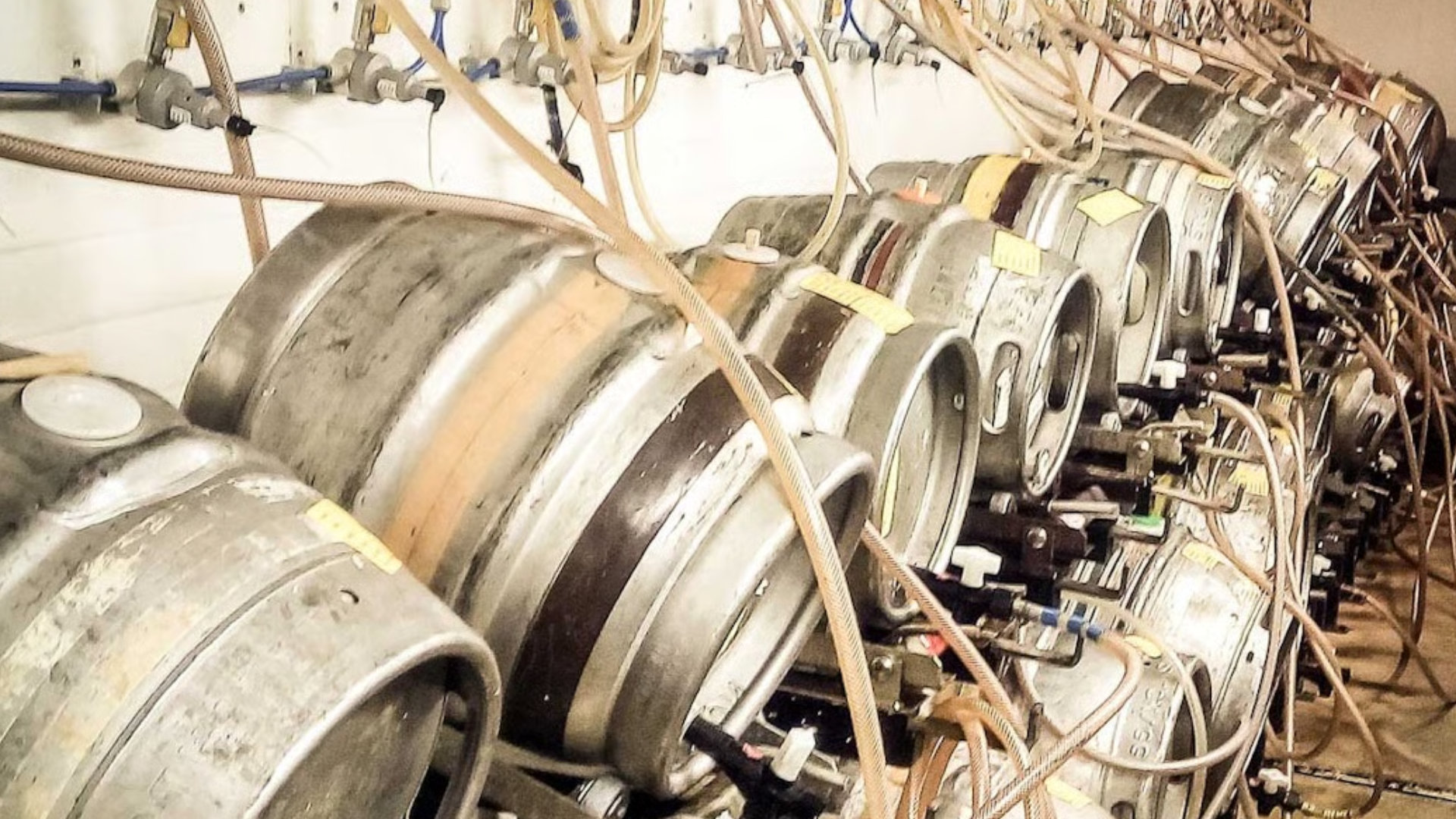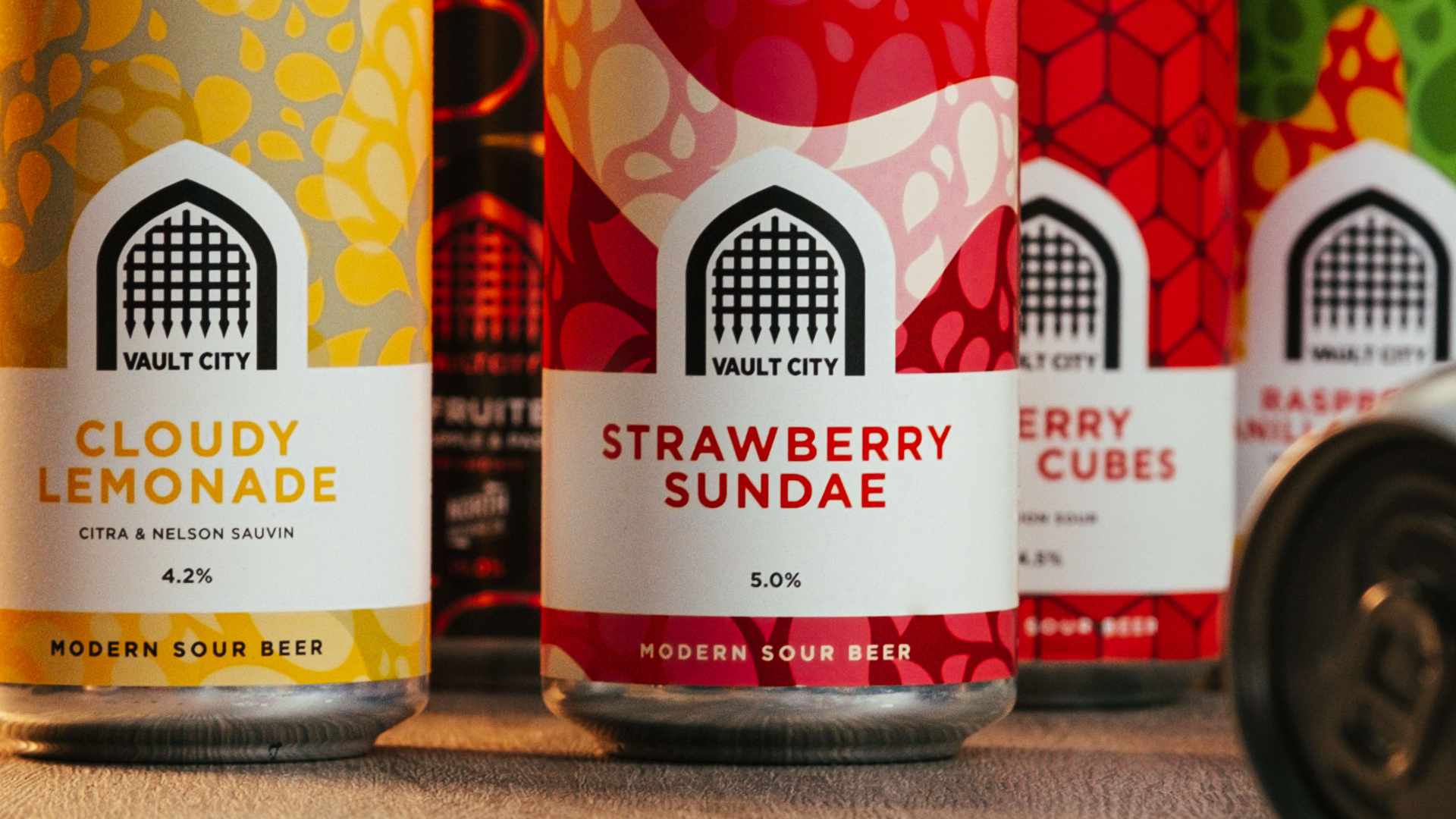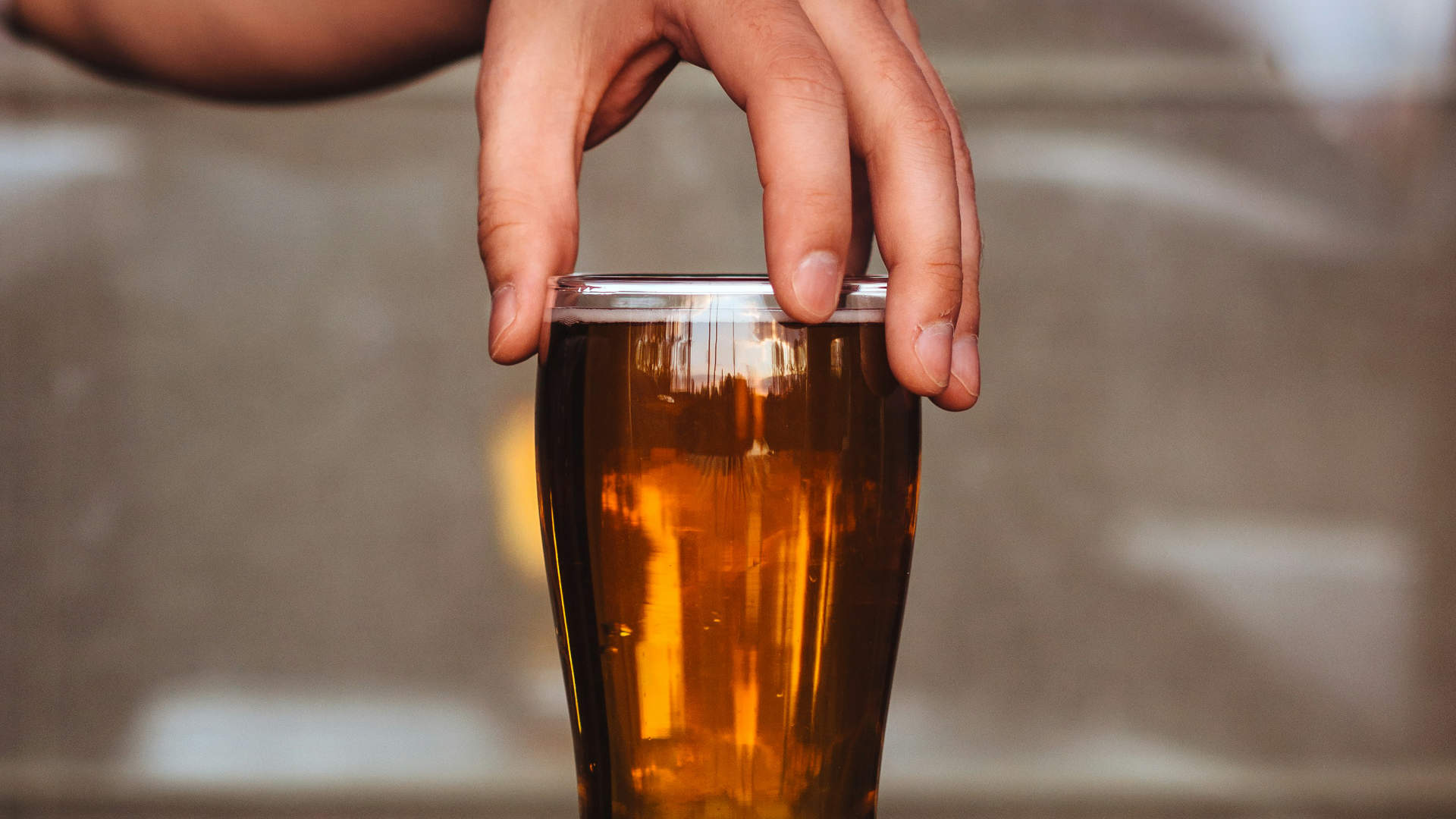For our appearance at the recent Aberystwyth Beer Festival, we created 4 casked beers that would be considered to be real ale. This got me thinking a lot about real ale and what it is. More importantly, should the term “real ale†be redefined a little to reflect modern times, or is it right to support the heritage of the great British pint?Â
Let’s start by looking at what is actually classified as a real ale. CAMRA (the Campaign for Real Ale) coined the term ‘real ale’ in the 1970s for beer that is "brewed from traditional ingredients, matured by secondary fermentation in the container from which it is dispensed, and served without the use of extraneous carbon dioxide". CAMRA further specify a real ale (or “live beerâ€) beer as “any that when first put into its final container contains at least 0.1 million cells of live yeast per millilitre, plus enough fermentable sugar to produce a measurable reduction in its gravity while in that container, whatever it may be.â€Â
Homebrew & Real Ale
Looking at both these descriptions, it seems to me that a lot of my homebrew and the beers we produce in our Community Brewery would be classified as real ale. We use traditional ingredients and we don’t filter the beer (but I’m interested in having a play with this). Our beer is secondary fermented and conditioned, and we rarely force carbonate.
So is the way the beer is served the issue here? Because this is my main gripe with real ales - the cask. The disadvantage of a cask is that, once it’s popped, you have to consume it within several days. For a pub with little demand for cask beer this short shelf life makes it a non-viable product, which is one of the reasons real ale is sometimes hard to find. This is not the case with kegs! But looking at both descriptions of real ale, it seems that, if the pressure in the keg is mainly created naturally, a beer served in a keg could still a real ale. So, it seems to me the major no-no is filtration and carbonation.
So why do I care? In truth is I don’t, but I do believe the parameters should be widened to accommodate the wonderful breweries we have across the country. I am all for “real ale†but surely one of the main objectives is to support our local pub and small / microbrewery. If we want to keep these alive, surely serving what is in essence a naturally made beer but served cold and from a keg (which helps both landlord and brewer and is what a lot of people want) then this needs to be considered.
But there is still the little boy in me who would love a hand pump, which the industry calls a “beer engineâ€. You can pick up a beer engine from eBay from around £50 second-hand to £350 new / reconditioned. I’m not keen on casks for the reason I mentioned, but I’ve learned you can attach a beer engine to a keg. Surely this is the answer to storing live beer - condition in a keg to increase the lifespan of the brew. Attaching a beer engine to a keg is relatively simple. Apart from the beer engine you need a check valve. The check valve fits between the keg and pump using a typical beer line and stops the beer flowing back into your keg, preventing any contamination. The beer line is then secured to the beer machine and to a ball lock, which can then be attached to the keg. Easy!Â
The Beer Engine
A traditional beer machine pump, also known as a beer engine or hand pump, works by using a piston to move beer from a cask to a glass, and it looks and feels really cool. The beer engine has changed very little since the early 1800s, but what parts make up a beer engine and what do they do?Â
Piston: Attached to a handle, the piston moves up and down to draw beer into the chamber and push it out.
Air chamber: Receives drive pressure, which acts like a car accelerator to move the beer from the keg.
Wet chambers: Two chambers separated by diaphragms that allow the beer to pass through.
Shuttle valve: Forces air pressure behind the diaphragms, allowing one piston to suck in beer while the other pushes it out.
Check valves: Ensure that the beer only flows in one direction, from the cask to the glass. This part is really important and will keep your keg technically sealed when not in use. â–











